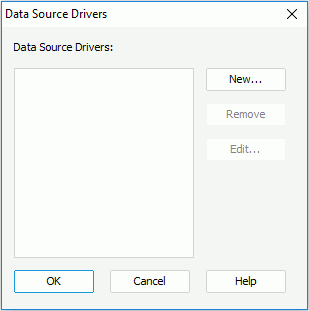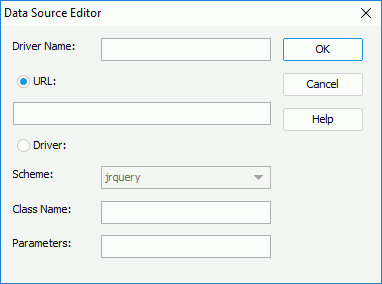 Previous Page Next Page
Previous Page Next Page
By default, when you run a report, the JReport Engine fetches data from the database using the JDBC driver. For reports that are built on queries (and also imported SQL files, stored procedures and user defined data sources), JReport Designer enables you to create cached result files and save them somewhere in your machine. Then, when you view these reports, you can choose to use the data from the cached query result file as opposed to the database. This is very useful for working on the design of a report while you are off-line and do not have a DBMS connection. Additionally, it is helpful when you need to send data and reports to Jinfonet Support for assistance.
JReport Designer provides you with two ways to create cached query results, the first is with the Catalog Manager and the second is with the Data panel.
Then, you can set the Data Driver property on the dataset created from the query appropriately in the Report Inspector to make a report run using cached query result.
Note: If you check the option "Use cached query result" in the Catalog category of the Options dialog, whenever you view a report in JReport Designer, a dialog will prompt you to choose a cached query result to run the report.
When specifying the Data Driver property for a dataset, you may find it inconvenient to input a property value that is long and complicated. To help you with this, JReport Designer provides data source drivers for managing your cached query results.
Assume that a cached query result file orderstat_cached for the query OrderStat in the catalog file SampleReports.cat has been created and saved in C:\JReport\Designer\Cached. To create a data source driver for the cached query result, follow the steps below:
<install_root>\Demo\Reports\SampleReports.
All the added drivers will be listed in the Data Source Drivers box. If you want to remove a driver, select the driver and click the Remove button. To edit a driver, select the driver and click the Edit button.

jrquery:/jet.universe.resultfile.UResultFileResultSet;Fullpath_of_cached_query_result
In the example, the URL is jrquery:/jet.universe.resultfile.UResultFileResultSet;C:\JReport\Designer\Cached\orderstat_cached
C:\JReport\Designer\Cached\orderstat_cached in this example)Then, a URL will be generated according to your input information.